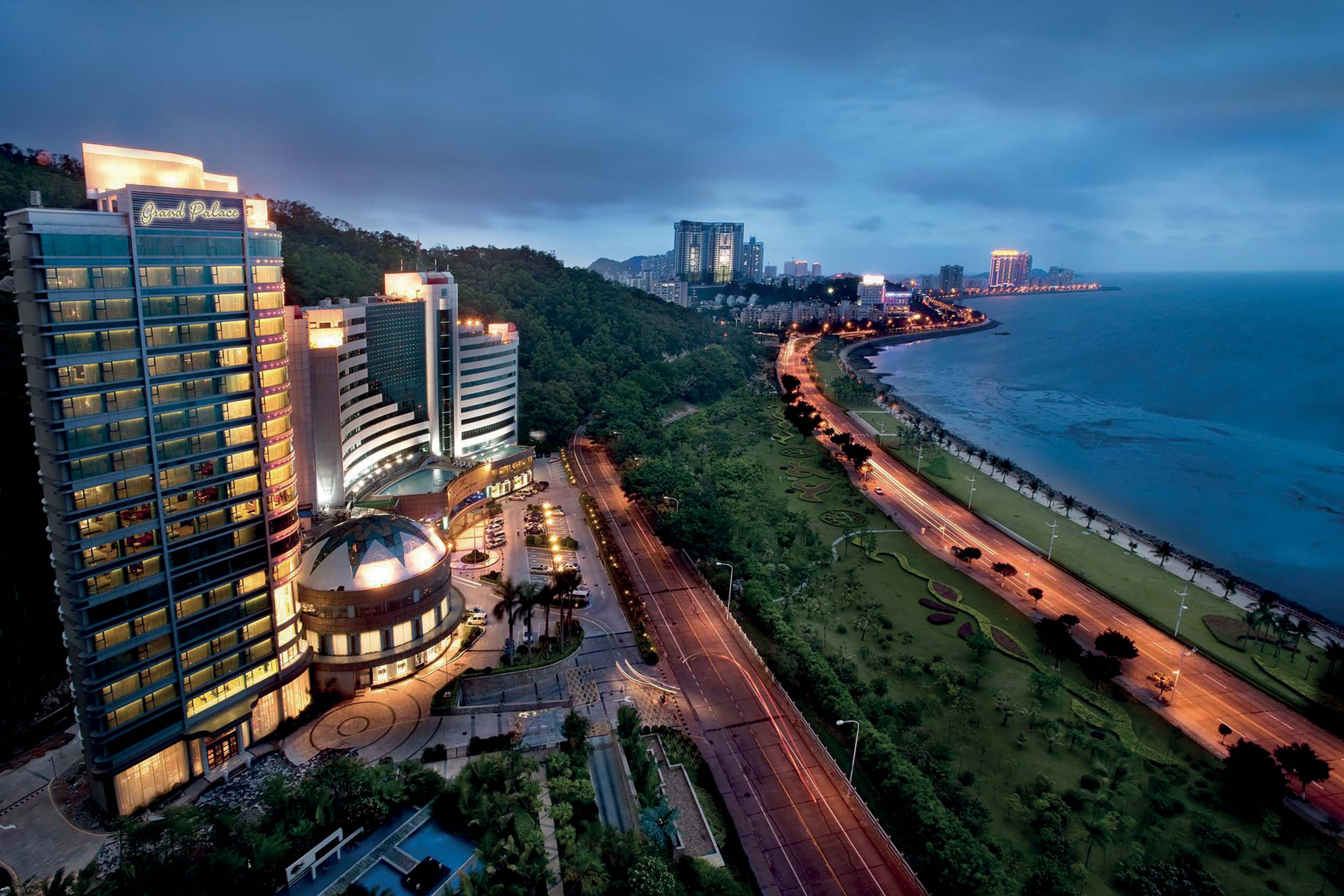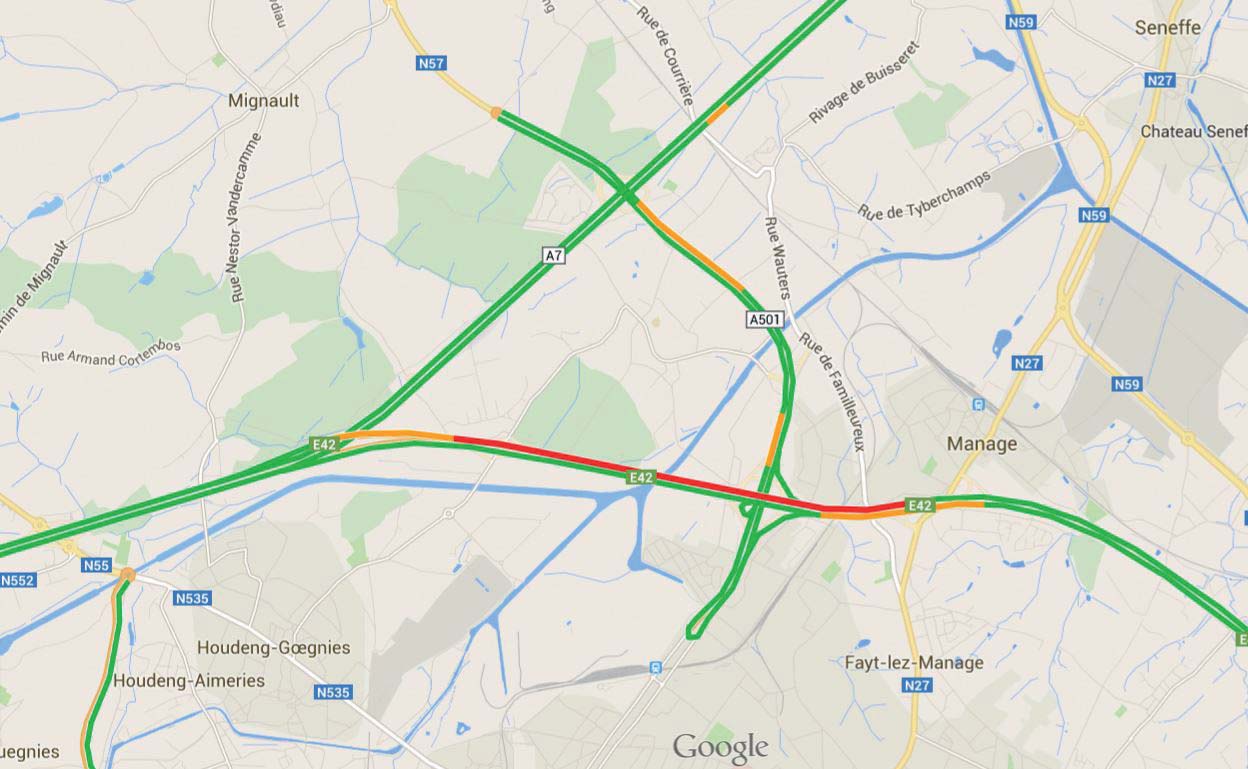
Siemens’ Marcus Welz talks to David Crawford about suitable ITS solutions for emerging economies.
Be bold in vision - and output - and user-oriented in practice,” Marcus Welz advises emerging economies planning ITS investments. Says the
“With integrated ITS and electric vehicle technologies, we will, one day, eliminate CO2 emissions. But a traffic jam with no emissions is still a jam. Gridlock in developing cities continues to stifle economic growth and compromise quality of life.”
With rapid growth in private vehicle ownership putting huge pressure on the infrastructure, he says, traffic planners have tried solutions such as dense or dispersed cities, lots of roads or lots of public transport, introduction of cycle lanes or better travel information. None seem to have been wholly effective.
But all are trying to work out what people should do instead of driving in rush hours. “They’re essentially about planning people’s lives. But, with the complex problem of congestion, the right answer most of the time is to create incentives. You don’t then have to plan every detail, because people will adapt – as with congestion charging in London, where Siemens was involved and where, now, 60,000 fewer cars travel every day. This means a reduction of 150,000 tonnes of CO2, with congestion cut by 26%.
“Intelligent charging can easily make 20% of rush hour traffic disappear. There’s still 80% left; but that’s not such a problem, because traffic is non-linear. Above a certain threshold, congestion starts to increase rapidly. But, if you reduce traffic even to a small extent, congestion will go down much faster than might be thought.
“Each day, people change and the world changes around them. They are nudged ever so slightly away from rush-hour driving in a way that they don’t even notice. If you do it well, people will actually embrace change. This thinking needs to be applied in emerging economies from the outset.”
Welz finds mobility coming top on governmental agendas, because “well-functioning transportation hugely increases quality of life and attracts investors. The average American spends about a week a year in traffic jams – a huge waste of time and resources, but nothing compared to what’s going on in the nations that are growing fastest.
“Many urban populations are expected to double by 2030, but development rates will reflect investments in energy and transport. The fact that these are low in, for example, India retards economic growth. But ITS will provide compelling solutions for socioeconomic welfare in general and road users in particular.”
He sees “sound and promising concepts” developing across North Africa, the Middle East and South America, and in many Asian megacities - though implementation speeds vary greatly. In all cases “we need to consume infrastructure more efficiently. The solution can only be found in a network of interconnected solutions which creates tangible value for drivers and solves specific problems, for instance, the need for real-time parking guidance in dense urban areas.”
Avoiding mistakes
Again, not all ITS implementations have gone well. So how should new adopters avoid making mistakes? Many, Welz says, already have comprehensive mobility programmes - as preconditions for funding. “But they should aim from the outset at effective monitoring of implementation and consider open and scalable technologies to achieve integrated solutions. These will use real-time data to optimise personal mobility on a massive scale - without hassle or compromises for travellers - including the disabled.”
The starting point is installing the basic means of adaptive traffic control and management, with public transport priority. “We need to begin with this use case and deploy systems that can manage planned and unplanned incidents effectively.
“Emerging economies can implement these incrementally, but should do so as parts of an overall road infrastructure and mobility plan, as a solid base for future expansion to meet local needs. Only an intelligent, user-oriented and traffic-actuated solution in a sound transportation mix will support all future options and change road users’ experience.”
He instances Zhuhai in China, which is implementing a modern, Siemens-supplied traffic management system which can be expanded for a tram network. On the streets of Cartagena, Colombia’s first real-time adaptive control system has hugely reduced congestion. Tunis has emphasised safety. “The important thing is to use platforms that don’t limit cities in responding to the future needs that arise naturally in developing societies.
“We have technologies to meet the enormous challenge of mobility in emerging countries. But the solutions need to be part of a digitised network of integrated systems which focus on use cases for the road user and traffic operator and aim at hugely increasing transport efficiency.”
On funding, Welz sees the World Bank and regional development banks as “great” for enabling emerging economies to realise sustainable mobility programmes and major infrastructure projects. But the first step is to establish what a country already has in the way of indigenous know-how that can be used and improved.
“A successfully-installed ITS system will need to be operated, maintained and further developed with the help of local engineering expertise. Funders, governments and ITS system suppliers all have responsibilities to cultivate such competences, to encourage further development of the installed technologies that will create sustainable investments for future generations.”
Asked what questions decision-makers most want answered, he identifies two. “First; ‘what is the best and most logical way to develop my existing infrastructure into a safe, innovative and future-proven system that takes into account my specific challenges?’ Getting the best answer depends on probing issues such as serviceability, scalability and upgradability.
“Second; ‘what is the total cost of ownership?’ The answer needs to cover ways of, for example, securing the lowest possible energy consumption and achieving the most effective remote access for maintenance, to justify decisions not to procure the cheapest hardware available. The latter will inevitably mean coping with inefficiencies later on.”
National, regional and local governments, potential private investors and commercial partners, such as toll operators, all ask the same questions. “They’re not going to be solved by any one stakeholder or interest group. All parties need to work together to secure an infrastructure that will support a flexible future.”
On the most relevant technologies, Welz first references the UN Sustainable Development Programme’s targeting of universal and affordable internet access in even the least developed countries by 2020. Meanwhile, over one billion smartphones are already in use in emerging markets which could be used, for example, for accessing travel information.
Integrated solutions
Second, he sees digitisation as the next evolutionary step in traffic management, to enable merging of isolated systems into integrated solutions and create innovative business models. “This is a huge business opportunity and an enormous social challenge. But its potential can only be realised if the digital infrastructure is designed to support flexibility, successfully installed and then keeps pace.”Future traffic management centres need not be at the operator’s physical location. “Cloud-based technologies are obviously still new but are already proving a great solution for emerging markets. They need less initial investment and can grow without compromising safety or reliability, while enabling future system integration.
“Over the next five years, communication via multiple mobile channels will allow vehicles everywhere to be fully networked with the roadside infrastructure. Traditional collective messages, traffic management and control systems will offer – at any point on the road – specific information for individual vehicles.”
Finally, as a supplier, he stresses the importance of emerging economies adopting ITS system architectures and common specifications. “We see ourselves as forerunners in the design of digital, open and interoperable traffic systems and in driving standardisation. Our product portfolio is compatible with all globally-deployed open communication protocols.
“This means that we do not need to push any one specific technology but can offer one that best fits the individual case. Emerging economies have a right to this freedom of choice.”












